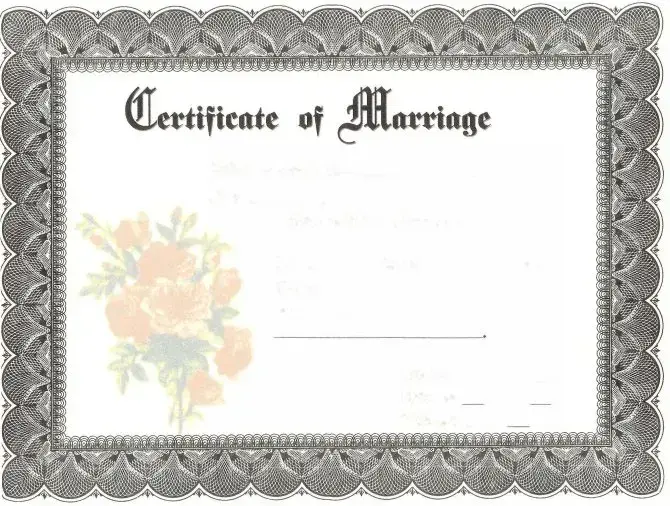Filling out a Marriage Certificate form is an important step in formalizing a union. However, many individuals make common mistakes that can lead to delays or complications. Being aware of these pitfalls is essential for ensuring a smooth application process.
One frequent mistake is providing inaccurate personal information. It's vital to double-check names, dates of birth, and Social Security numbers. Even a small typo can cause significant issues. For example, if a name is misspelled, it may not match other legal documents, creating obstacles down the line.
Many people also overlook the requirement for witness signatures. States may have varying rules regarding witnesses, but generally, at least one witness must be present to sign the certificate at the time of the marriage. Failing to have a witness present can result in the application being deemed incomplete, requiring a resubmission.
Another error involves neglecting to review the specific requirements of the state in which the marriage is taking place. Different states may have varying documentation or identification requirements. Failing to bring the necessary documents can lead to delays. It’s advisable to research and prepare ahead of time for a seamless experience.
Some couples mistakenly believe that an online form is enough without a physical signature. While many jurisdictions allow online submissions, a full review of the form's requirements is crucial. Physical signatures may be required at some point, and submitting without these could lead to the form being rejected.
Individuals sometimes forget about the payment aspect. Most states charge a fee for processing the Marriage Certificate. Failing to note the acceptable payment methods could result in an incomplete application. It's wise to ensure you have the correct payment method ready when submitting the form.
Finally, individuals can experience confusion about the official language of the form. Some states may have forms in multiple languages, which can lead to misunderstandings. It’s essential to ensure you’re filling out the correct version and fully understand what is being asked. If in doubt, seek clarification to avoid unnecessary mistakes.

